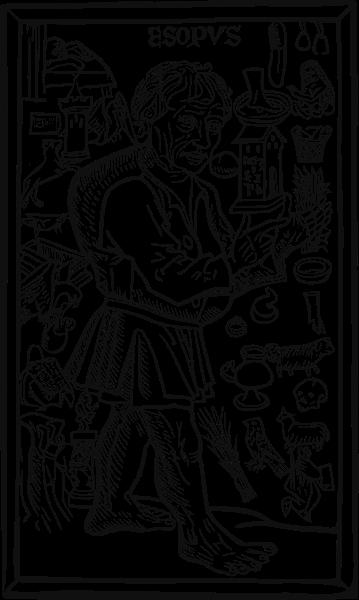What is a fable: from Aesop to the present day
Originally from the people

You can talk about flattery for a very long time asvice, to assert that both he who flatterers and those who "buy" on false words, both look foolish and act badly. Or you can just tell a fable about fox and cheese. Briefly, capaciously and better you will not say.
Little instructive stories about animalsappeared in the world for a very long time: some of them became parables, others - fables. For a long time the "father" of the fable was called Aesop (about the sixth century BC), even there is such a thing as Aesopian language (allegory). But new research allows us to state that the most ancient fable is the Babylonian-Sumerian, and only then the Indian and the Ancient Greek appeared.
Modern definition
And Aesop, denouncing the vices of people, enjoyedparable in his stories not because he was a slave and openly to speak was dangerous, but because he knew what a fable is and how it is customary to expound it. Nevertheless, Aesop went down in history as a master of allegory, he turned the genre of fables from folk to literary fiction. And after centuries almost all the stories of his stories were used in his work by other fabulists.
And now the educational purpose of the fable remainsthe former, therefore this genre also refers to didactic literature, the one that is called upon to teach, explain and teach. To a specific question: "What is a fable?" - a modern man will answer that this is an allegorical work of a small size in verse or prose, where the vices of people and society are exposed. The heroes of such narratives are animals and objects (a man is extremely rare), the impact on the reader occurs with the help of comic (satire) and criticism, and the teaching (the main idea) is the derivation, which is called morality.
In Russia everything began with Aesop

Features of the analysis

- the creation of a fable (author, year of writing, whose plot);
- a summary (the main idea);
- heroes of the fable (positive, negative), as transmitted by their character;
- the language of the fable (all artistic and expressive means);
- the relevance of the fable;
- whether there are in the fable expressions that have become proverbs or phraseologicalisms.
</ p>>







